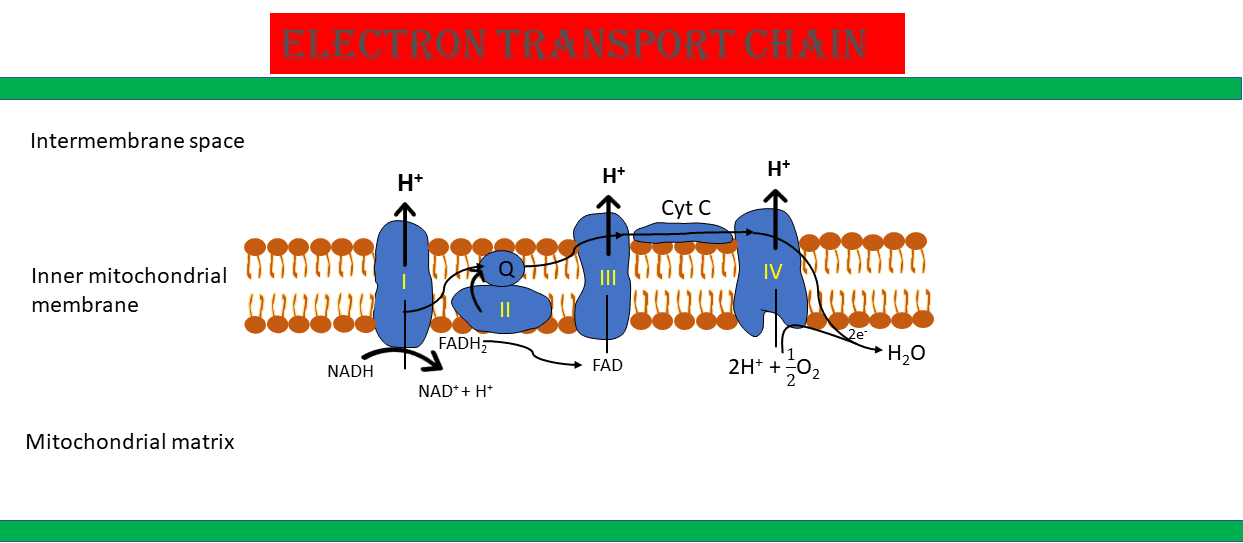Digestion and absorption class 11 are essential biological functions that break down complex food substances into simpler, absorbable nutrients. These processes play a crucial role in supplying energy, facilitating growth, and maintaining overall health. For Class 11 students, a thorough understanding of digestion and absorption is fundamental as it serves as a foundation for advanced biological studies. This article presents an in-depth explanation of digestion and absorption, following the Class 11 NCERT Biology curriculum. It also explores the roles of the liver, gallbladder, pancreas, and the nervous system in regulating digestion. Definition of Digestion and Absorption Class 11 Digestion refers to the breakdown of
Master Digestion and Absorption Class 11: The Ultimate Guide to Ace Your Biology Exams!”




